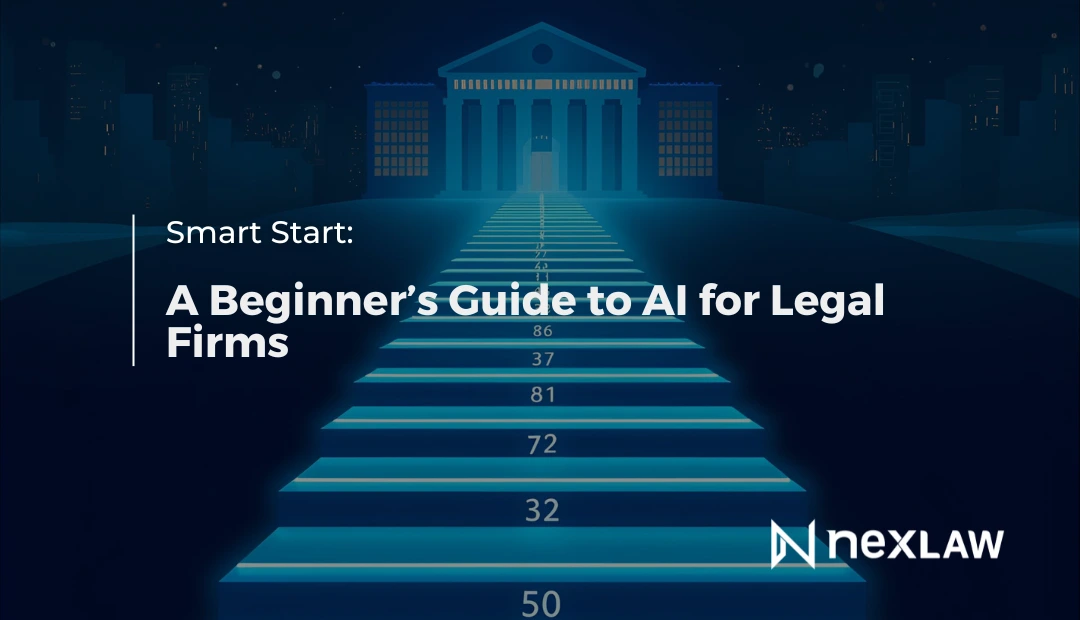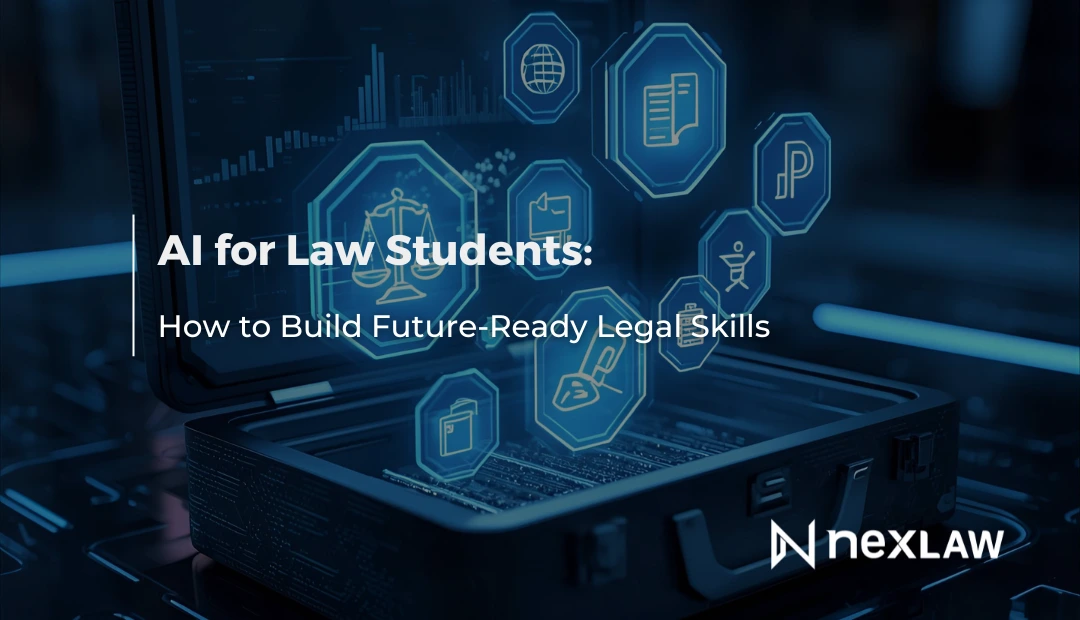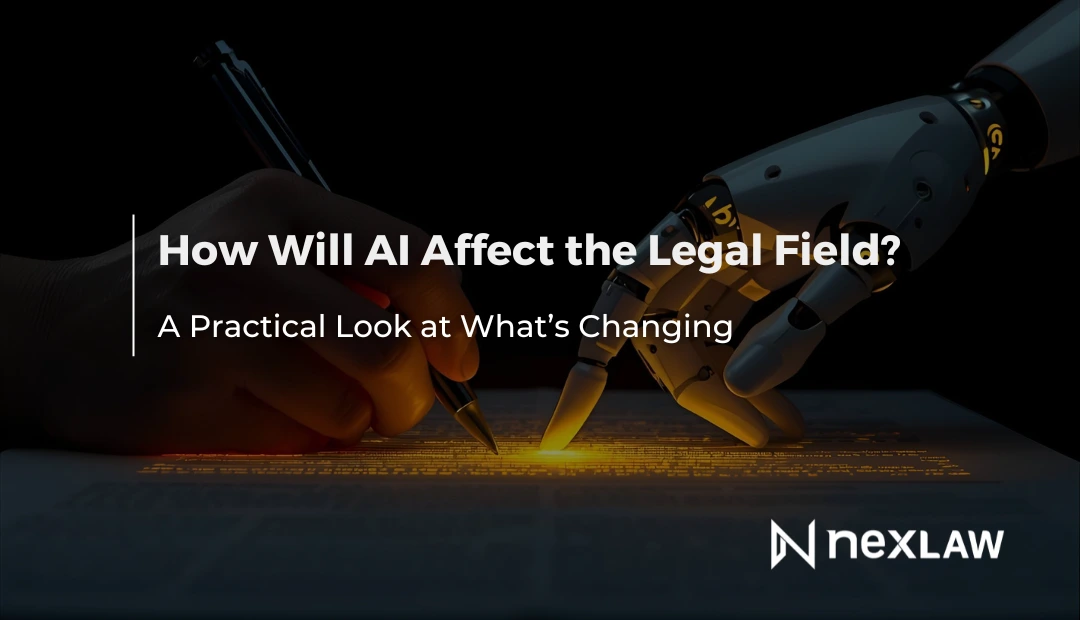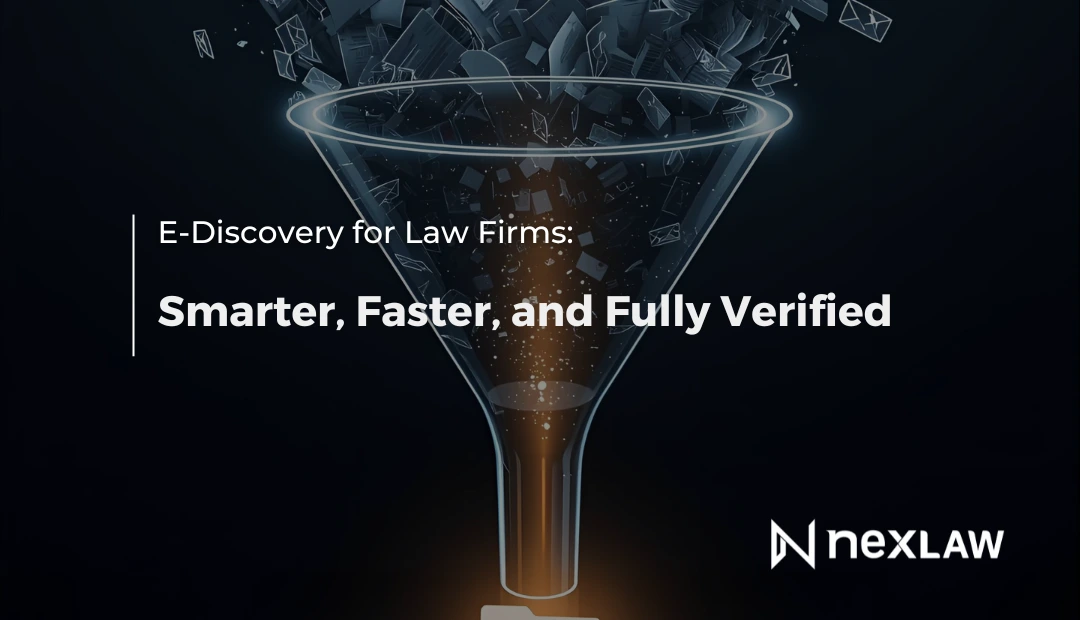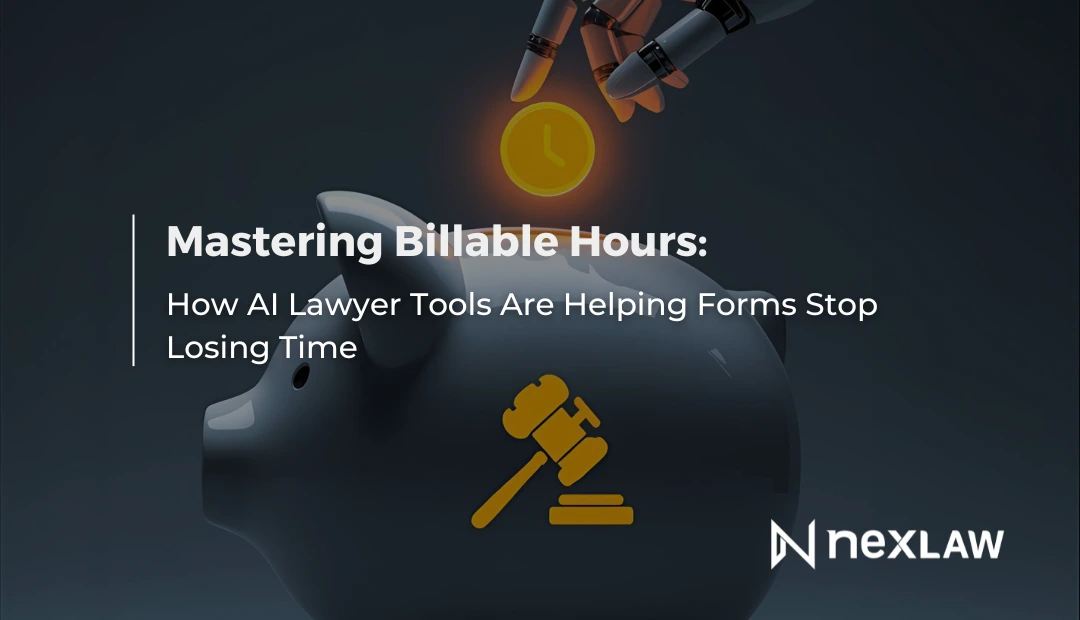Why Law Firms Struggle to Adopt AI
Every managing partner knows AI is changing the practice of law. But between hype and hesitation, many firms are unsure where to start. They know automation can reduce research time, improve drafting accuracy, and streamline case prep—yet fear losing control, compromising ethics, or overspending on technology that may not deliver results.
The truth is that AI adoption doesn’t have to be risky or overwhelming. With the right roadmap, firms can start small, implement AI safely, and scale only when results are measurable.
Unlock Legal Insights Instantly!
Step 1: Identify Where Your Firm Spends the Most Time
The first step isn’t buying a new platform—it’s analyzing your firm’s biggest time drains. According to the 2025 Legal Efficiency Index, over 42 percent of attorney work hours are spent on repetitive, low-value tasks like:
- Document review and tagging
- Legal research and citation verification
- Drafting procedural motions and discovery responses
- Organizing exhibits and trial materials
These tasks are ideal entry points for AI because they follow patterns, depend on data, and benefit directly from automation.
Step 2: Choose a Legal-Specific AI, Not a Generic One
Generic AI platforms can summarize information, but they often hallucinate citations or misinterpret legal nuances. For compliance and client confidence, U.S. firms must use law-specific AI that operates within ethical and jurisdictional boundaries.
That is where NexLaw’s Agentic AI stands apart.
It was built exclusively for litigators, paralegals, and attorneys—designed to understand U.S. law, case structure, and courtroom preparation.
With NeXa, research becomes verifiable and fast.
With ChronoVault 2.0, documents are organized into interactive case chronologies.
And with TrialPrep and the new Courtroom Assistant, preparation flows seamlessly from desk to defense.
Step 3: Start with One Workflow—Then Scale
AI success comes from focus. Instead of rolling out across every department, firms should begin with one process and master it.
Here are a few practical starting points:
| Workflow | AI Application | NexLaw Feature |
|---|---|---|
| Legal Research | Verify precedents, summarize cases | NeXa |
| Discovery Review | Identify key evidence, build timelines | ChronoVault 2.0 |
| Trial Prep | Draft motions, create exhibit lists | TrialPrep |
| Hearing Support | Capture arguments and time logs | Courtroom Assistant |
Once the workflow becomes efficient and reliable, scale it to additional teams or case types.
Step 4: Train Your Team—Don’t Replace It
AI is most effective when lawyers stay in control.
Successful adoption depends on user training, clear policy, and ethical oversight. With Agentic AI, law firms can easily enforce internal review checkpoints:
- NeXa highlights questionable citations for human validation.
- TrialPrep adds attorney review layers before submissions.
- ChronoVault 2.0 records all activity for auditability.
- Courtroom Assistant tracks every argument while maintaining attorney authorship.
This human-in-the-loop model keeps AI in a supportive role, never a substitute for professional judgment.
Step 5: Measure ROI Before Expanding
AI in law should prove its worth before expanding firm-wide.
Measure the impact across four metrics:
- Hours Saved: Compare manual vs. AI-assisted drafting or research.
- Error Reduction: Track citation accuracy and exhibit consistency.
- Billing Efficiency: Calculate realized hours after AI adoption.
- Client Response: Record satisfaction and turnaround feedback.
Law firms that pilot AI in one workflow often see a 30–40 percent improvement in turnaround time and higher client trust due to transparency.
Real Example: Starting Small, Scaling Big
A three-attorney firm in Texas began using NexLaw only for discovery. Within two months, they were using it for every stage of litigation.
- Phase 1: Used ChronoVault 2.0 to organize case files and auto-tag events.
- Phase 2: Adopted NeXa to summarize depositions and identify missing exhibits.
- Phase 3: Integrated TrialPrep for motion building and hearing prep.
- Phase 4: Deployed Courtroom Assistant for real-time trial monitoring.
By the third quarter, they reported saving over 200 billable hours, translating to nearly $70,000 in reclaimed revenue.
Step 6: Build an Ethical Compliance Framework
Lawyers adopting AI must follow the ABA’s Model Rule 5.3, which mandates responsibility for all technology used in client work.
NexLaw’s Agentic AI supports compliance by:
- Ensuring every document is source-verified
- Keeping client data off training sets
- Maintaining full transparency through ChronoVault 2.0’s audit logs
This creates a defensible workflow that satisfies both ethical duties and client expectations.
Step 7: Integrate Courtroom and Litigation Phases
The next stage of AI adoption brings the courtroom itself into the digital workflow.
With Courtroom Assistant, lawyers can:
- Capture oral arguments in real time
- Track citations referenced during hearings
- Log preparation time automatically for billing and review
This connection between preparation, execution, and reflection is what makes Agentic AI a complete litigation partner, not just another automation tool.
Ready to Start Small and Scale Confidently?
NexLaw was designed for law firms ready to modernize without risking ethics or overhauling systems.
Begin with one process, measure results, and scale at your own pace.
- Get your 3-day free trial—no credit card required
- Or take the 7-day full access trial to experience NexLaw’s full workflow
- Want tailored onboarding? Book a demo call with our legal AI team
